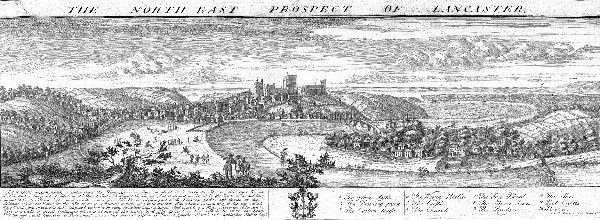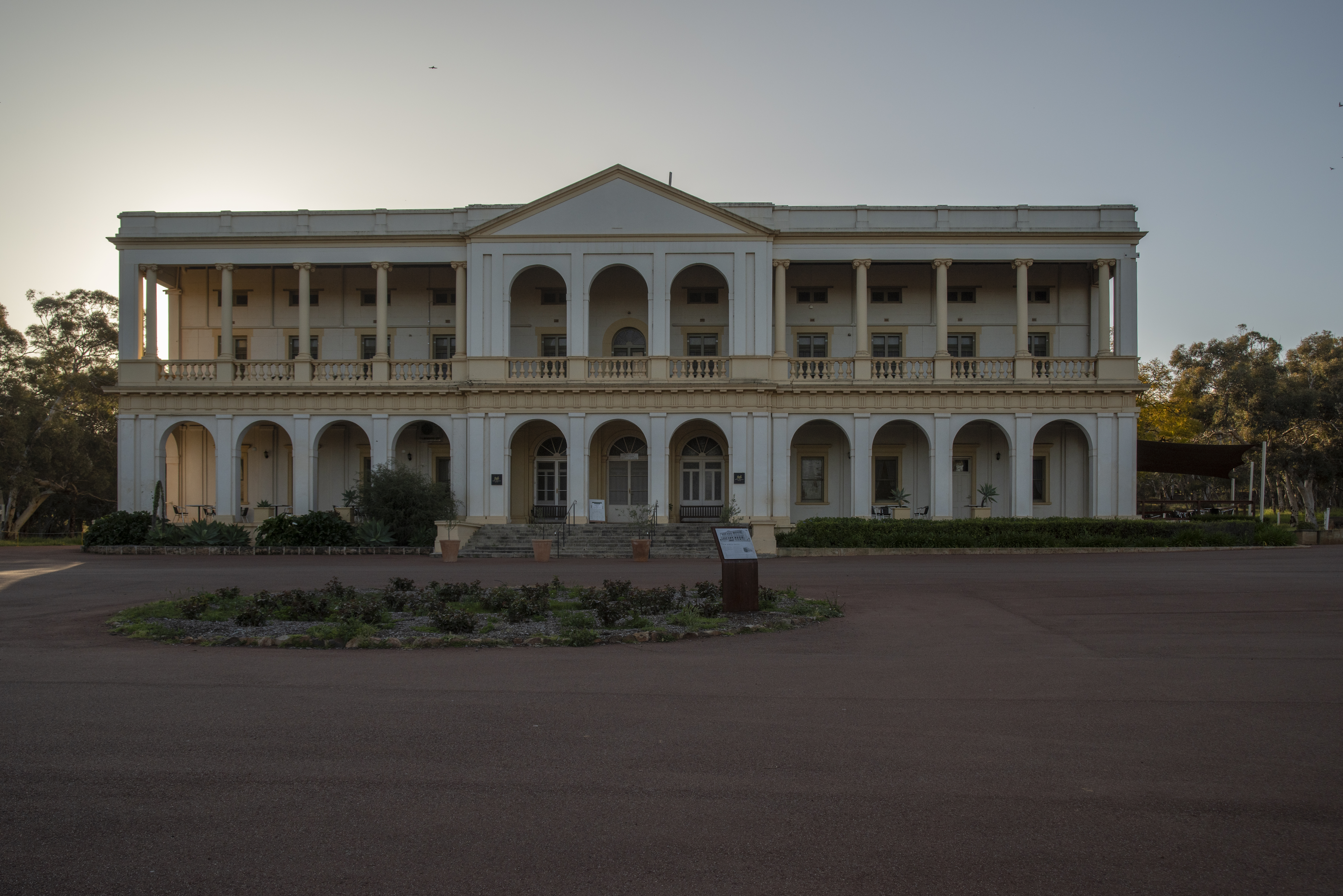|
Charles Austin Gardner
Charles Austin Gardner (6 January 1896 – 24 February 1970) was a Western Australian botanist. Biography Born in Lancaster, in England, on 6 January 1896, Gardner emigrated to Western Australia with his family in 1909, where they took possession of land at Yorkrakine. Gardner showed an interest in art and botany from youth, becoming engrossed in his state museum's copy of Bentham's ''Flora Australiensis'' (London, 1863–78) and received encouragement from the government's botanist Desmond Herbert and botanical artist Emily Pelloe. After a BSc in biology, he was appointed a botanical collector for the Forests Department in 1920, and the following year was engaged as botanist on the Kimberley Exploration Expedition, resulting in his first publication, ''Botanical Notes, Kimberley Division of Western Australia'', which gave descriptions for twenty new species. In 1924 he transferred to the Department of Agriculture, and following a departmental re-organisation in 1928 h ... [...More Info...] [...Related Items...] OR: [Wikipedia] [Google] [Baidu] |
Lancaster, Lancashire
Lancaster (, ) is a city in Lancashire, England, and the main cultural hub, economic and commercial centre of City of Lancaster district. The city is on the River Lune, directly inland from Morecambe Bay. Lancaster is the county town, although Lancashire County Council has been based at County Hall, Preston, County Hall in Preston, Lancashire, Preston since its formation in 1889. The city's long history is marked by Lancaster Roman Fort, Lancaster Castle, Lancaster Priory, Lancaster Priory Church, Lancaster Cathedral and the Ashton Memorial. It is the seat of Lancaster University and has a campus of the University of Cumbria. It had a population of 52,234 in the 2011 census, compared to the district, which had a population of 138,375. The House of Lancaster was a branch of the List of English monarchs, English royal family. The Duchy of Lancaster still holds large estates on behalf of Charles III, who is the Duke of Lancaster. The Port of Lancaster and the 18th-century Lancas ... [...More Info...] [...Related Items...] OR: [Wikipedia] [Google] [Baidu] |
Australian Botanical Liaison Officer
Australian Botanical Liaison Officer was a secondment position, held for up to twelve months by an Australian botanist (or expert in Australian botany) at the Royal Botanic Gardens in Kew, London, England in the United Kingdom. The position was created in 1937, and the first ABLO was Charles Gardner. Travel and living costs for the position were funded by the Australian government, with the appointee's salary continuing to be paid by their current employing institution. The position was advertised by the Australian Biological Resources Study (ABRS), part of the Australian government's Department of the Environment and Heritage. Assessment and selection of candidates is undertaken by the Council of Heads of Australian Herbaria (CHAH), who advised the Australian Biological Resources Study Advisory Committee (ABRSAC) to recommend the Minister approve the appointment. In 2009, a review was conducted by ABRS, CHAH and the Advisory Committee which determined that there was no strong ... [...More Info...] [...Related Items...] OR: [Wikipedia] [Google] [Baidu] |
Wildflower Society Of Western Australia
The Wildflower Society of Western Australia (Inc.) (WSWA) is a member of the Australian Native Plants Society (Australia) (ANPSA(A)). In each of the other states of Australia, there is a region of the ANPS(A) (each with slightly differing names) and they share many of the aims of the WSWA. Objectives The objectives of the WSWA are: (a) To encourage the conservation and preservation of Western Australian flora by, among other things, supporting efforts to strengthen laws and regulations for the conservation of Western Australian flora, encouraging enforcement of laws and regulations and making submissions on the preservation of Western Australian flora to government and other organisations. (b) To raise public awareness about the value of, and need to conserve, bushland. (c) The Society will establish and maintain a public fund to be called The Wildflower Society Bushland Conservation Fund for the specific purpose of supporting the environmental objects/purposes of the Wildflower ... [...More Info...] [...Related Items...] OR: [Wikipedia] [Google] [Baidu] |
Western Mail (Western Australia)
''The Western Mail'', or ''Western Mail'', was the name of two weekly newspapers published in Perth, Western Australia. Published 1885–1955 The first ''Western Mail'' was published on 19 December 1885 by Charles Harper and John Winthrop Hackett, co-owners of ''The West Australian'', the state's major daily paper. It was printed by James Gibney at the paper's office in St Georges Terrace. In 1901, in the publication ''Twentieth century impressions of Western Australia'', a history of the early days of the ''West Australian'' and the ''Western Mail'' was published. In the 1920s ''The West Australian'' employed its first permanent photographer Fred Flood, many of whose photographs were featured in the ''Western Mail''. In 1933 it celebrated its first use of photographs in 1897 in a ''West Australian'' article. The ''Western Mail'' featured early work from many prominent West Australian authors and artists, including Mary Durack, Elizabeth Durack, May Gibbs, Stan ... [...More Info...] [...Related Items...] OR: [Wikipedia] [Google] [Baidu] |
Commonwealth Scientific And Industrial Research Organization
The Commonwealth Scientific and Industrial Research Organisation (CSIRO) is an Australian Government agency that is responsible for scientific research and its commercial and industrial applications. CSIRO works with leading organisations around the world. From its headquarters in Canberra, CSIRO maintains more than 50 sites across Australia as well as in France and the United States, employing over 6,500 people. Federally funded scientific research in Australia began in 1916 with the creation of the Advisory Council of Science and Industry. However, the council struggled due to insufficient funding. In 1926, research efforts were revitalised with the establishment of the Council for Scientific and Industrial Research (CSIR), which strengthened national science leadership and increased research funding. CSIR grew rapidly, achieving significant early successes. In 1949, legislative changes led to the renaming of the organisation as Commonwealth Scientific and Industrial Research ... [...More Info...] [...Related Items...] OR: [Wikipedia] [Google] [Baidu] |
Perth
Perth () is the list of Australian capital cities, capital city of Western Australia. It is the list of cities in Australia by population, fourth-most-populous city in Australia, with a population of over 2.3 million within Greater Perth . The Extremes on Earth#Other places considered the most remote, world's most isolated major city by certain criteria, Perth is part of the South West Land Division of Western Australia, with most of Perth metropolitan region, Perth's metropolitan area on the Swan Coastal Plain between the Indian Ocean and the Darling Scarp. The city has expanded outward from the original British settlements on the Swan River (Western Australia), Swan River, upon which its #Central business district, central business district and port of Fremantle are situated. Perth was founded by James Stirling (Royal Navy officer), Captain James Stirling in 1829 as the administrative centre of the Swan River Colony. The city is situated on the traditional lands of the Whadju ... [...More Info...] [...Related Items...] OR: [Wikipedia] [Google] [Baidu] |
New Norcia, Western Australia
New Norcia () is a town in Western Australia, north of Perth, near the Great Northern Highway. It is situated next to the banks of the Moore River, in the Shire of Victoria Plains. New Norcia is the only monastic town in Australia, with its Benedictine abbey founded in 1848. The monks later founded a mission station, mission and schools for Aboriginal Australians, Aboriginal children. A series of Catholic colleges were created, with the school that became St Benedict's College in 1965 later gaining notoriety for being the site of sexual abuse that took place in the late 1960s and 1970s. The town has many heritage sites and places of interest. New Norcia Station, a ground station for the European Space Agency is located south of the town. Since a road bypass was complete in 2017, heavy traffic bypasses the town. History On 1 March 1846, a Benedictine mission to the local Yued Aboriginal people was started about to the north, led by the Spanish Benedictine monks Giuseppe Se ... [...More Info...] [...Related Items...] OR: [Wikipedia] [Google] [Baidu] |
Benedictine
The Benedictines, officially the Order of Saint Benedict (, abbreviated as O.S.B. or OSB), are a mainly contemplative monastic order of the Catholic Church for men and for women who follow the Rule of Saint Benedict. Initiated in 529, they are the oldest of all the religious orders in the Latin Church. The male religious are also sometimes called the Black Monks, especially in English speaking countries, after the colour of their habits, although some, like the Olivetans, wear white. They were founded by Benedict of Nursia, a 6th-century Italian monk who laid the foundations of Benedictine monasticism through the formulation of his Rule. Benedict's sister, Scholastica, possibly his twin, also became a religious from an early age, but chose to live as a hermit. They retained a close relationship until her death. Despite being called an order, the Benedictines do not operate under a single hierarchy. They are instead organized as a collection of autonomous monasteries ... [...More Info...] [...Related Items...] OR: [Wikipedia] [Google] [Baidu] |
Diabetes
Diabetes mellitus, commonly known as diabetes, is a group of common endocrine diseases characterized by sustained high blood sugar levels. Diabetes is due to either the pancreas not producing enough of the hormone insulin, or the cells of the body becoming unresponsive to insulin's effects. Classic symptoms include polydipsia (excessive thirst), polyuria (excessive urination), polyphagia (excessive hunger), weight loss, and blurred vision. If left untreated, the disease can lead to various health complications, including disorders of the cardiovascular system, eye, kidney, and nerves. Diabetes accounts for approximately 4.2 million deaths every year, with an estimated 1.5 million caused by either untreated or poorly treated diabetes. The major types of diabetes are type 1 and type 2. The most common treatment for type 1 is insulin replacement therapy (insulin injections), while anti-diabetic medications (such as metformin and semaglutide) and lifestyle modificatio ... [...More Info...] [...Related Items...] OR: [Wikipedia] [Google] [Baidu] |
Royal Society Of New South Wales
The Royal Society of New South Wales is a learned society based in Sydney, Australia. The Governor of New South Wales is the vice-regal patron of the Society. It is the oldest learned society in the Southern Hemisphere. The Society traces its origin to the Philosophical Society of Australasia established on 27 June 1821. In 1850, after a period of informal activity, the Society was revived as the Australian Philosophical Society and, in 1856, the Philosophical Society of New South Wales. The Society was granted Royal Assent on 12 December 1866 and at that time was renamed the Royal Society of New South Wales. Membership is open to any person interested in the promotion of studies in Science, Art, Literature and Philosophy. Fellowship and Distinguished Fellowship are by election, and may be conferred on leaders in their fields. Fellowship and Distinguished Fellowship are honours gazetted under vice-regal authority by the Governor of New South Wales, and marked by the post-nomina ... [...More Info...] [...Related Items...] OR: [Wikipedia] [Google] [Baidu] |
Clarke Medal
The Clarke Medal is awarded by the Royal Society of New South Wales, the oldest learned society in Australia and the Southern Hemisphere, for distinguished work in the Natural sciences. The medal is named in honour of the Reverend William Branwhite Clarke, one of the founders of the Society and was to be ''"awarded for meritorious contributions to Geology, Mineralogy and Natural History of Australasia, to be open to men of science, whether resident in Australasia or elsewhere"''. It is now awarded annually for distinguished work in the Natural Sciences (geology, botany and zoology) done in the Australian Commonwealth and its territories. Each discipline is considered in rotation every three years. Recipients Source: Royal Society of New South Wales * 1878: Richard Owen (Zoology) * 1879: George Bentham (Botany) * 1880: Thomas Huxley (Palaeontology) * 1881: Frederick McCoy (Palaeontology) * 1882: James Dwight Dana (Geology) * 1883: Ferdinand von Mueller (Botany) * 1884: Alfre ... [...More Info...] [...Related Items...] OR: [Wikipedia] [Google] [Baidu] |





